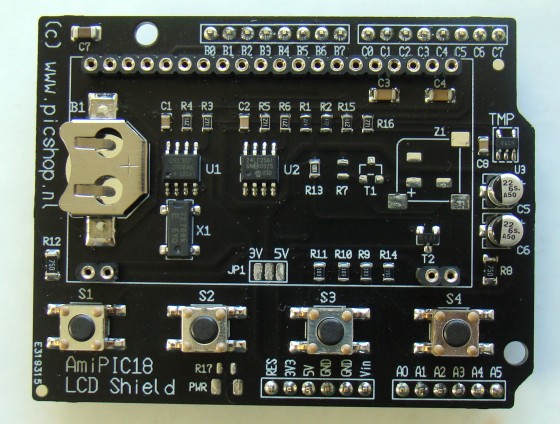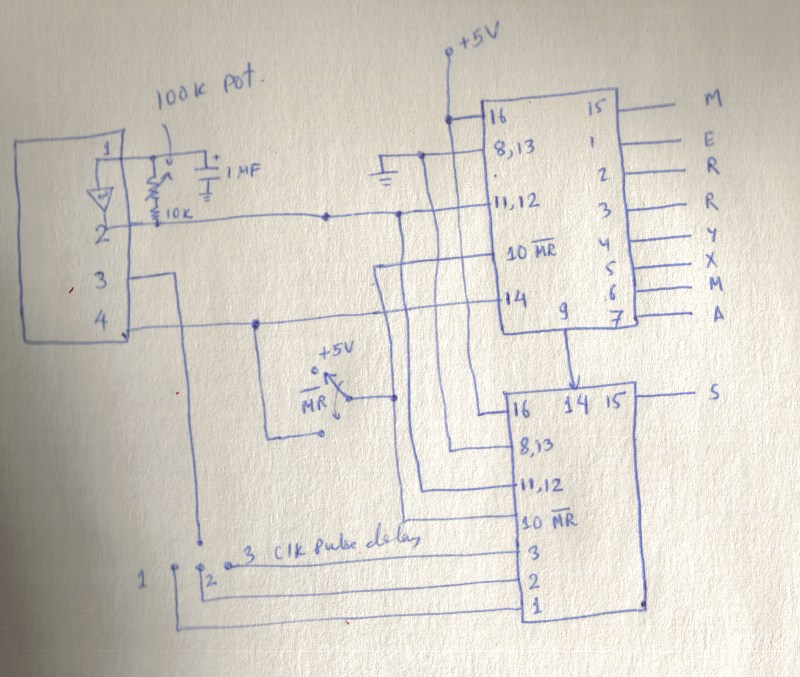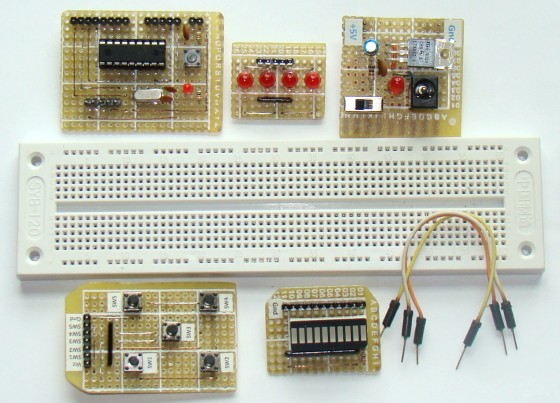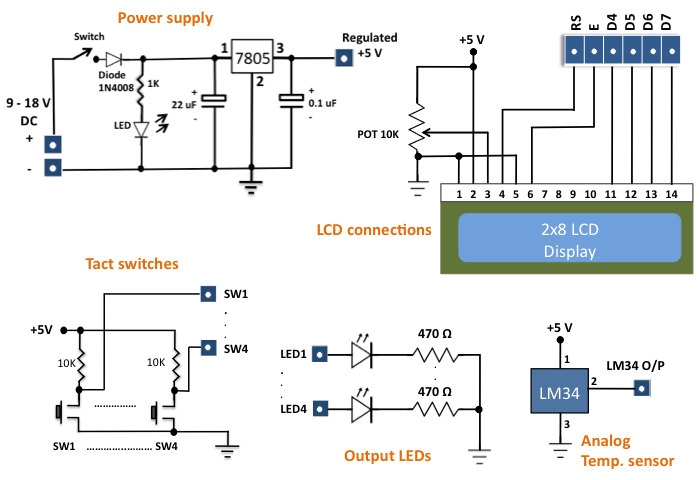Introducing the AmiPIC18 LCD shield

Last month I reviewed the Amicus18 development board, which is an Arduino-style platform with a PIC microcontroller. The Amicus18 board is physically compatible with Arduino shields. However, the default PIC processor on the board is a 3.3 V type, which could be an issue while interfacing some of the shields that strictly operate at +5V. As a support to the users of the Amicus18 development board, Gevo Electronics from The Netherlands has designed a special shield, named AmiPIC18 LCD. Although the name says it is a LCD shield, but in real it provides a lot more features, which we will be
Read more


